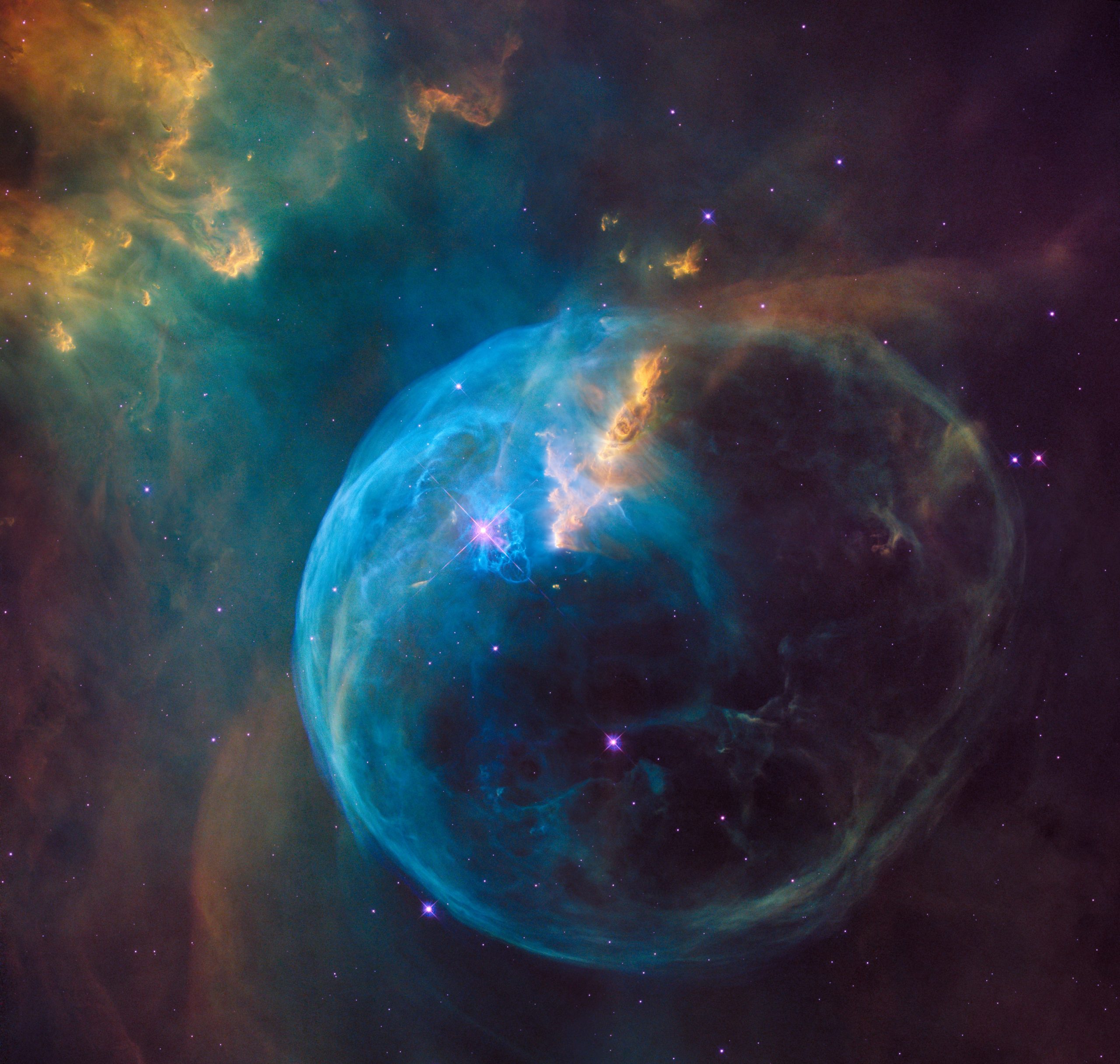The Fascinating History of the Moon Cycle
Throughout human history, the moon has served as a celestial guide, a source of inspiration, and a marker of time. Its ever-changing appearance in the sky has captivated cultures around the world, shaping myths, rituals, and calendars. In this blog post, we will explore the rich history of the moon cycle, delving into its significance in various civilizations and unraveling the scientific discoveries that have deepened our understanding of this celestial phenomenon.
Ancient Observations and Beliefs
The moon has been a subject of fascination for humans since prehistoric times. In ancient cultures, the moon was often perceived as a deity or linked to divine beings. The Sumerians, for example, worshipped a moon god called Nanna, while the Egyptians associated the moon with Thoth, the god of knowledge and wisdom.
Aside from religious connotations, ancient civilizations also recognized the practical importance of the moon cycle. Its regular appearance and disappearance provided a natural method of timekeeping, as well as a means to track seasons and predict weather patterns. Agricultural societies heavily relied on the moon’s phases to determine when to plant and harvest crops.
To better understand the moon cycle, ancient astronomers meticulously observed its nightly transformations. According to the Greek philosopher Anaxagoras, who lived in the 5th century BCE, the moon was a rocky, not luminous object. However, this view was challenged by other Greek philosophers like Empedocles, who believed the moon emitted its own light.
The Lunar Calendar in Ancient Civilizations
As civilizations progressed, the moon cycle became the foundation for various lunar calendars. One of the most notable examples is the Islamic lunar calendar, which still shapes the Islamic calendar today. It follows the lunar month, starting with the sighting of the new moon and lasting until the next sighting, typically 29 or 30 days. This lunar calendar determines the dates for important occasions, such as Ramadan and Eid al-Fitr.
In ancient China, the moon played a central role in the traditional Chinese calendar. The Chinese lunar calendar followed a 12-year cycle represented by different animal zodiac signs. The lunar new year, celebrated with the Spring Festival, begins on the second new moon after the winter solstice.
The ancient Mayan civilization also developed a lunar calendar known for its remarkable accuracy. Based on careful observations, the Mayans devised a system that synchronized lunar and solar cycles, resulting in a calendar that accurately measured time over thousands of years.
Scientific Discoveries
While ancient civilizations provided valuable insights into the moon cycle, it was not until the scientific revolution that we began to uncover the true nature of our celestial neighbor. In the 17th century, Galileo Galilei used his telescope to study the moon’s surface, revealing mountains, craters, and valleys previously unknown to humanity. This discovery shattered the preconceived notion that the moon was a perfect sphere.
Later, in the 19th and 20th centuries, astronomers embarked on several missions to the moon, collecting invaluable data that enhanced our understanding of its composition and formation. The Apollo moon landing missions, for instance, brought back rock samples that indicated the moon’s volcanic history and shed light on the moon’s formation as a result of a giant impact between Earth and a Mars-sized object.
The Moon Cycle in Modern Times
While the moon no longer holds the same religious and cultural significance as it did in ancient times, it continues to capture our collective imagination. Today, the moon cycle remains a subject of scientific study and astronomical fascination.
Moreover, the recognition of the moon cycle’s influence on various natural phenomena persists. For example, the gravitational pull of the moon affects Earth’s tides, creating the ebb and flow of our oceans. Additionally, the moon’s brightness and position in the sky continue to influence activities such as wildlife behavior, nocturnal navigation, and even human sleep patterns.
In Conclusion
The moon cycle’s history is a tapestry woven with threads of spirituality, scientific discovery, and cultural practices. From ancient civilizations to modern societies, the moon’s phases have guided our timekeeping, shaped our calendars, and fueled our curiosity about the universe. As we gaze at the moon’s ever-changing face, let us remember the profound influence it has had on humanity’s past, present, and future.
Table of Contents
